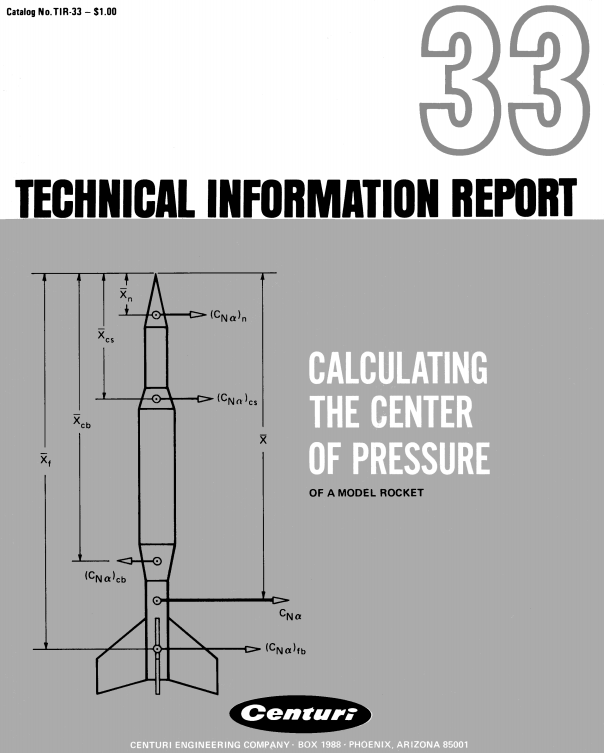When designing a model rocket, stability is one of the most crucial factors to consider. A stable rocket will fly straight and react predictably to wind gusts, while an unstable rocket may veer off course or even tumble mid-flight.
My first encounter with stability issues was at a rocketry event where I built what I thought was a perfect design. However, once launched, a gust of wind threw it off balance. Luckily, the early parachute deployment prevented any serious damage, but I knew I had to understand why this happened.
What is Model Rocket Stability?
A rocket is considered stable when it naturally aligns itself with the airflow after being disturbed by external forces, such as wind. Stability is largely determined by the placement of two key points on the rocket:
- Center of Gravity (CG): The point where the rocket balances, representing its mass distribution.
- Center of Pressure (CP): The aerodynamic balance point, where all aerodynamic forces act on the rocket.
A rocket is stable if the CG is at least one caliber (one body tube diameter) ahead of the CP. If the distance is too small, the rocket may become unstable. If it exceeds five calibers, the rocket may overcorrect and become aerodynamically inefficient.
Predicting Stability: Methods & Tools
Traditional Methods
Before software tools, hobbyists used basic techniques to estimate CG and CP:
- Finding CG: Balancing the completed rocket on a ruler to locate its balance point.
- Finding CP: Tracing the rocket’s side profile onto cardboard, cutting it out, and balancing it on a ruler.
Modern Stability Prediction
Today, tools like SpaceCAD automate these calculations. SpaceCAD displays real-time CG and CP positions, ensuring a well-balanced design before launch.
The Barrowman Method Explained
James S. Barrowman, a NASA engineer, developed an equation-based method to determine CP in subsonic rockets. His 1967 NASA report and later Centuri TIR-33 report provide formulas still used in rocketry software today. These methods work best for slender, low-speed rockets but become less reliable at supersonic speeds or extreme angles of attack.

Practical Stability Calculations (with Examples)
A practical example demonstrates how adjusting fin size or nose weight affects stability.
For instance:
- Increasing fin size shifts CP backward, increasing stability.
- Adding nose weight moves CG forward, stabilizing the rocket further.
A step-by-step SpaceCAD tutorial showing these adjustments will follow soon.
Troubleshooting Unstable Rockets
If a rocket is unstable:
- Increase fin size to shift CP backward.
- Add nose weight to shift CG forward.
- Check for misalignments in fins or body components.
References
Download the original James S. Barrowm report from NASA at (https://ntrs.nasa.gov/archive/nasa/casi.ntrs.nasa.gov/20010047838.pdf
Centuri also described stability in the report TIR-33 that you can download at http://www.spacemodeling.org/jimz/manuals/tir-33.pdf